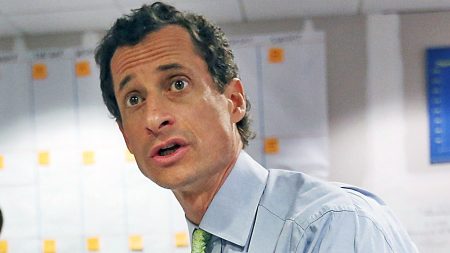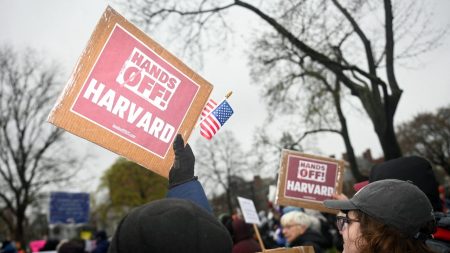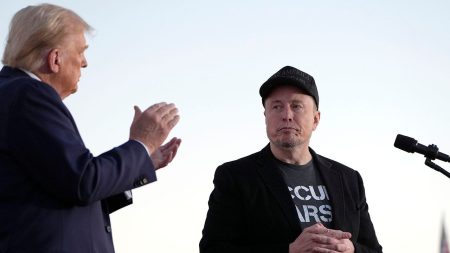President-elect Donald Trump’s unexpected proposal to potentially outsource naval shipbuilding if domestic production cannot meet demands has ignited a firestorm of debate. This stance clashes sharply with his campaign promises to revitalize American manufacturing and impose hefty tariffs on foreign goods, including a proposed 60% tariff on Chinese imports. Trump’s concern stems from the stark reality of America’s dwindling shipbuilding capacity, which has fallen drastically behind global competitors, particularly China. He highlighted China’s rapid shipbuilding pace, contrasting it with America’s sluggish output, expressing concern that the U.S. is “sitting back and watching” as China expands its naval might. This perceived decline in American shipbuilding prowess has raised alarms about the nation’s ability to maintain its naval superiority, a cornerstone of its global military presence.
The crux of the issue lies in the sheer disparity between the shipbuilding capacities of the U.S. and China. China’s shipbuilding capacity dwarfs that of the U.S. by a staggering margin, over 232 times greater. This immense difference translates into a tangible advantage for China, allowing them to produce ships at an alarming rate, reportedly launching a new vessel every four days. While China boasts the world’s largest navy with over 370 ships and submarines, the U.S. Navy operates a fleet of 295 vessels, including 11 aircraft carriers. Congress mandated a 355-ship Navy in 2017, a goal that appears increasingly challenging to achieve given the current state of domestic shipbuilding. This widening gap in naval power raises concerns about America’s ability to project power and maintain its global military presence effectively.
Compounding the problem of shipbuilding capacity is the escalating cost of building ships in the U.S. Producing a ship domestically is estimated to be twice as expensive as building it elsewhere in the world. This cost disparity makes outsourcing a tempting, albeit controversial, option. Trump alluded to potentially bidding out shipbuilding contracts to foreign entities, including allies, as a temporary measure until the U.S. can rebuild its domestic shipbuilding industry. This proposal, however, has raised eyebrows within the domestic shipbuilding industry and labor groups, who fear job losses and the further erosion of American manufacturing capabilities. Balancing national security needs with economic realities presents a complex challenge for the incoming administration.
Beyond the sheer number of ships, the U.S. also faces a critical shortfall in nuclear submarines, a vital component of its strategic defense posture. According to military experts, the U.S. nuclear submarine fleet has dwindled significantly from its Cold War peak, leaving it ill-equipped to address current threats. Jerry Hendrix, a retired Navy captain and senior fellow at the Sagamore Institute, has voiced concerns about the “unpreparedness” of the American submarine force, emphasizing the long-term consequences of “bad assumptions and poor decisions.” With China’s submarine fleet rapidly expanding, the U.S. risks losing its edge in underwater warfare, a crucial aspect of national security.
Adding to the complexity of the situation is the uneven distribution of global shipbuilding capacity. China currently dominates the market, controlling nearly 47%, followed by South Korea and Japan. The U.S., in contrast, holds a negligible share of the market, a mere 0.13%. This stark contrast underscores the significant challenges facing the U.S. in revitalizing its shipbuilding industry. Reversing this trend will require substantial investments in infrastructure, workforce development, and technological advancements.
Trump’s critique of the Navy’s management of the Constellation-class frigate program further highlights the challenges facing domestic shipbuilding. He attributed cost overruns and delays to “Biden-era officers” who, he claimed, “tinkered” with the ships’ design, compromising their speed and effectiveness. This criticism points to the bureaucratic hurdles and internal debates that can hinder progress in complex defense procurement programs. Streamlining the decision-making process and ensuring efficient allocation of resources are crucial for ensuring the timely and cost-effective delivery of new naval vessels. Ultimately, the future of American naval power hinges on navigating these intricate challenges and making strategic investments to bolster domestic shipbuilding capabilities.










